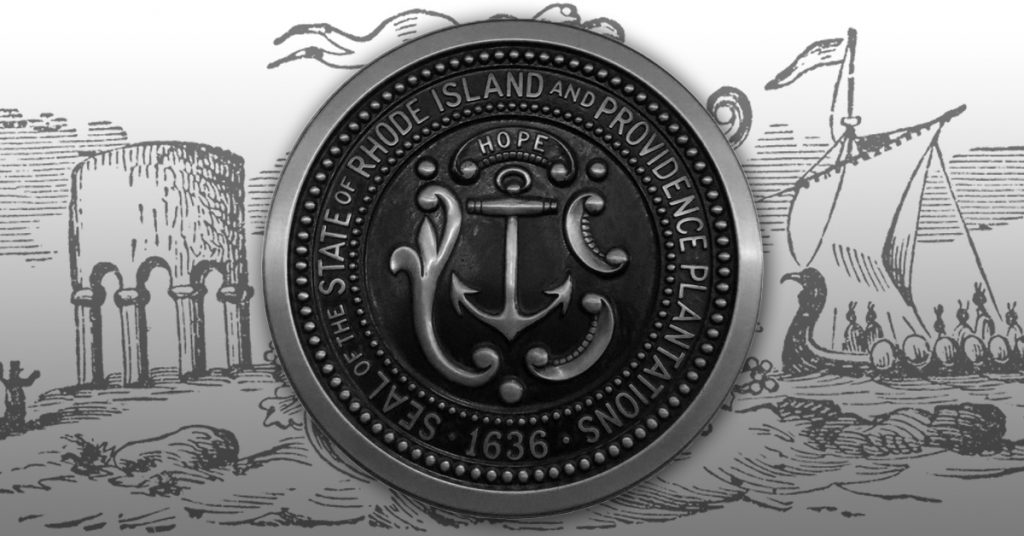
As the debate about removing “and Providence Plantations” from the official state name rages across Rhode Island, the most common rebuttal to the claim that the phrase evokes the horrors of slavery is “slavery never came to Rhode Island.” Au, contraire: Rhode Island was unquestionably built on the backs of slaves and profits from the slave trade. As someone who navigates these facts regularly as the executive director of the Providence Tour Company, I thought it would be useful to the body politic to re-examine this shadowy portion of Rhode Island history, and answer some common questions I’ve heard around this issue.
Who owned the slaves? Where were they?
Famous Rhode Island families, with names like Hopkins, Redwood, DeWolf, and Brown — even Roger Williams himself — held slaves. In the decade of the American Revolution, more than one hundred of the most prominent families of Providence kept slaves to cook in their kitchens and mind their horses and carriages. And yes, there were slave plantations too — by 1730, the southern part of Rhode Island’s population was one third Black, nearly all of them slaves, working thousands of acres of farmland in the former Narragansett Native American territory. An early historian described the area as “a bit of Virginia set down in New England.”
What about other New England states?
Another thought is that perhaps the Ocean State was about the same as its other New England neighbors: not quite. By 1750, 10% of the Rhode Island population was enslaved, double the northern average. During the colonial period, Rhode Island sent 514 slave ships to the coast of West Africa, while the rest of the colonies sent just 189; in total, around 60% of all slave-trading voyages launched from North America came from Rhode Island. In fact, a major reason Rhode Island felt secure enough to declare independence from Great Britain two months before the rest of the colonies — a fact Rhode Islanders wear with pride — is because of the state’s dependence on the transatlantic slave trade, through which it could generate income independent of commerce with Great Britain.
How does slavery from so long ago affect us today?
The shadow of slavery looms large in Rhode Island. Duties collected on slave imports helped pave Newport streets and mend its bridges. University Hall, the oldest building on Brown University’s campus, was assisted in construction by slave labor. By 1850, 79% of all textile mills in RI manufactured “negro cloth”: a low-cost, durable, cotton twill fabric that was shipped to southern plantations to clothe slaves. This trade gave Rhode Island the foundational infrastructure necessary to become an economic powerhouse in the early 20th century and can easily be traced to wealth and investments that contemporary Rhode Islanders enjoy.
Not only did Rhode Island have slavery, it was the beating heart of the transatlantic slave trade. This is a problem we must acknowledge we have uniquely as a state; then, naturally, we must respect the descendants of those robbed of their past and culture by eliminating the words “and Providence Plantations” from our official state name. It is rooted in history, and it is the right thing to do.


